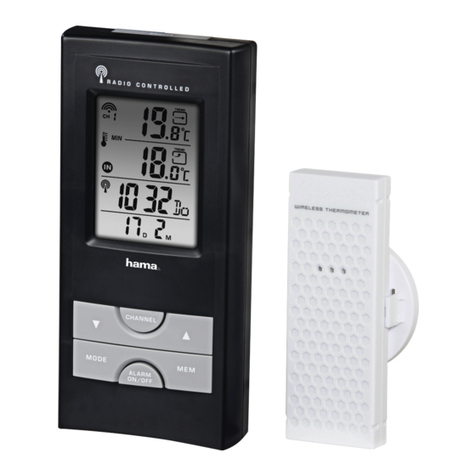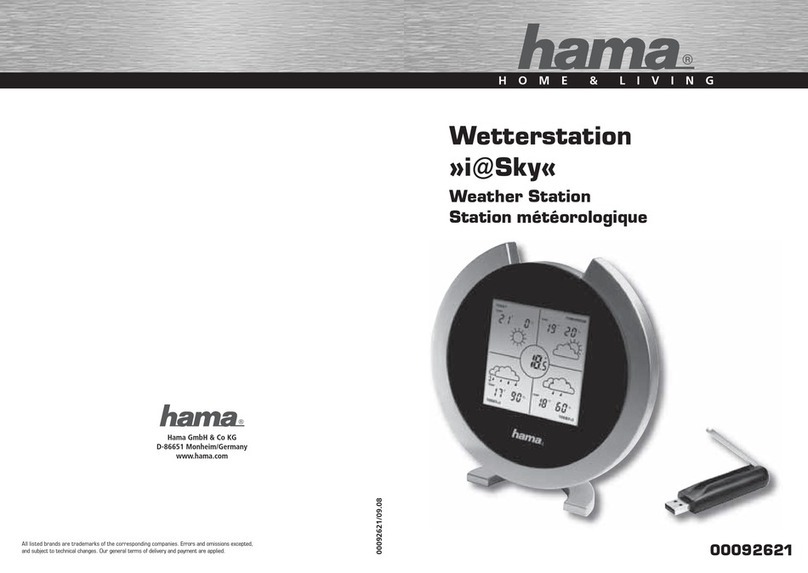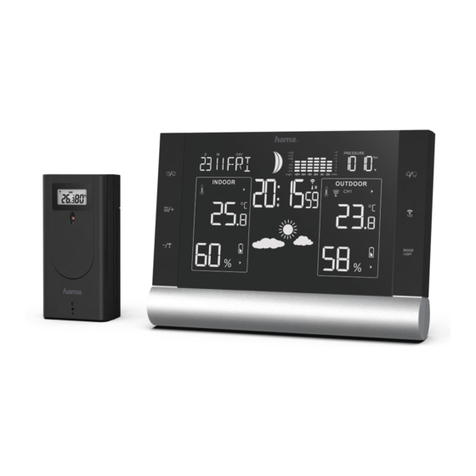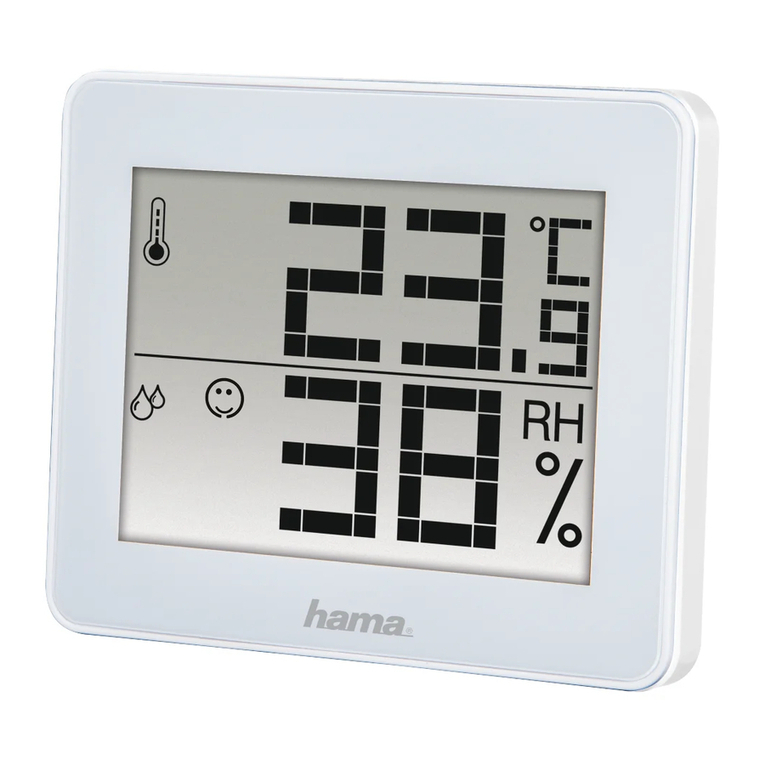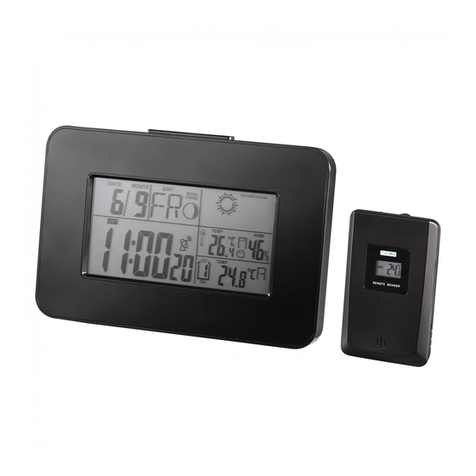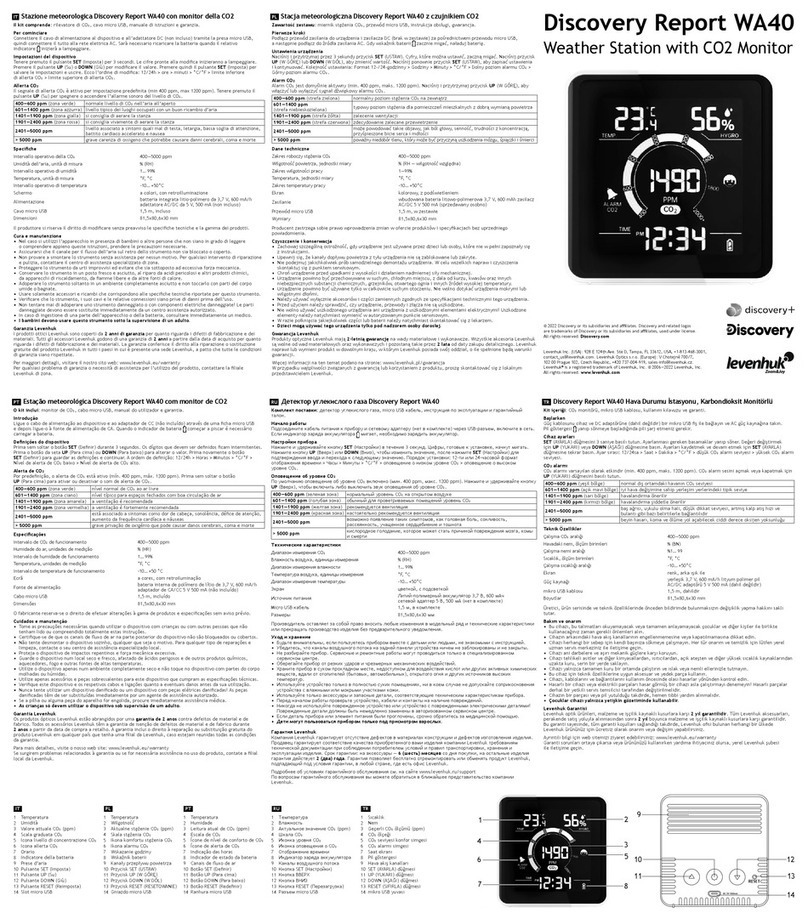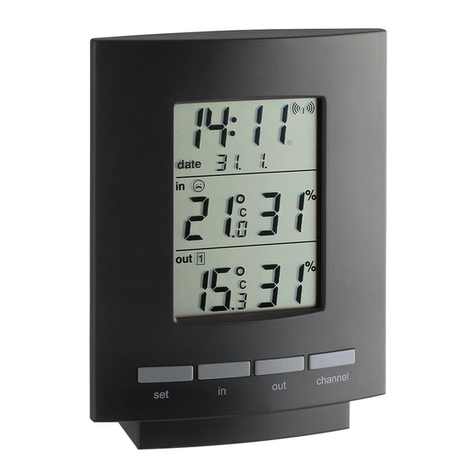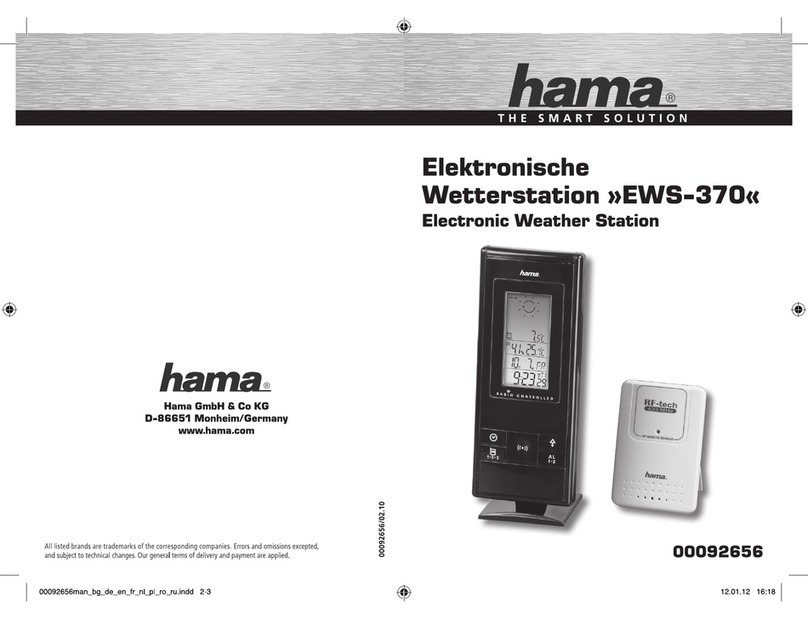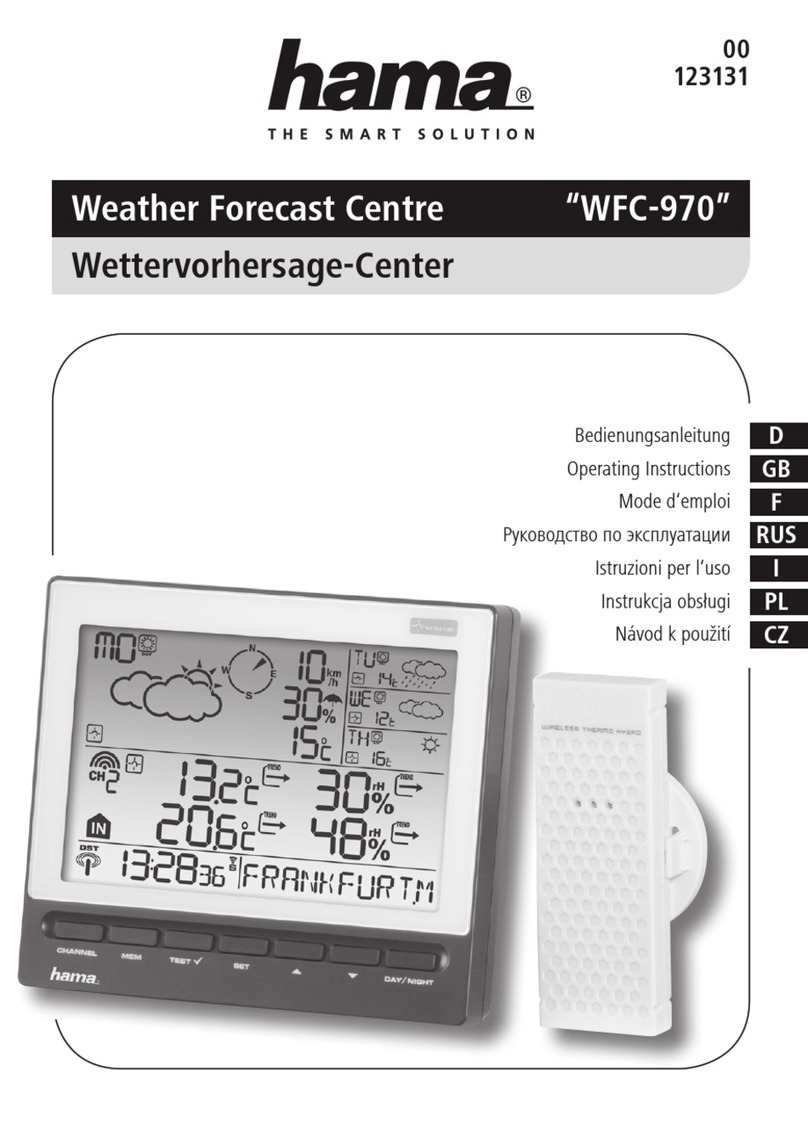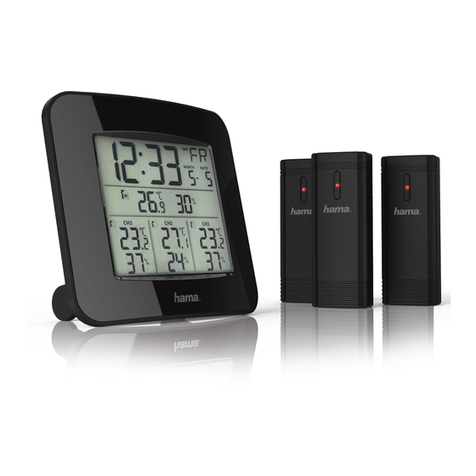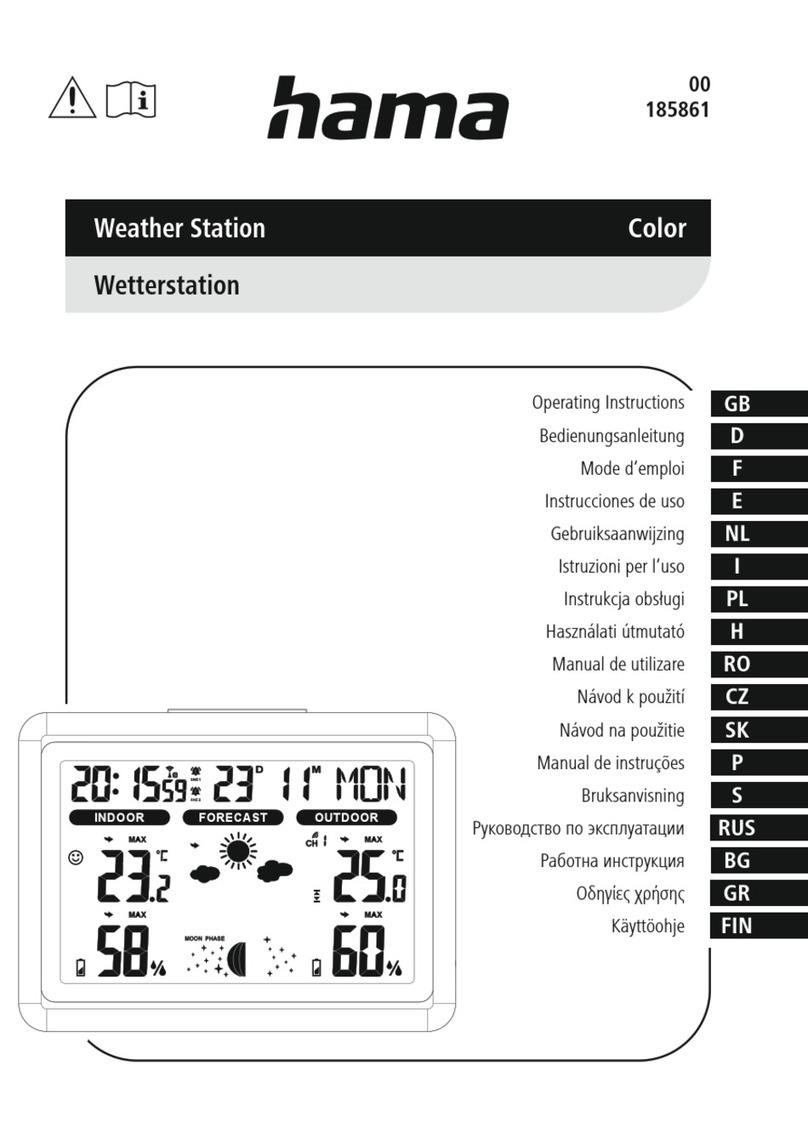
3
W
arning –Batteries
•Remove the batteries from products that arenot being used
for an extended period (unless these arebeing kept ready for
an emergency).
•Donot short-circuit batteries.
•Donot charge batteries.
•Donot throw batteries in a re.
•Keep batteries out of the reach of children.
•Never open, damage or swallow batteries or allow them to
enter the environment. They can contain toxic, environmentally
harmful heavy metals.
•Immediately remove and dispose of dead batteries from the
product.
•Avoid storing, charging or using the device in extreme
temperatures and extremely low atmospheric pressure(for
example, at high altitudes).
Risk of electric shock
•Donot open the device or continue to operate it if it becomes
damaged.
•Donot use the product if the
AC adapter,the adapter cable or the mains cable aredamaged.
•Donot attempt to service or repair the product yourself.Leave
any and all service work to qualied experts.
4. Getting Started
Warning
•Only operate the product from an approved socket that is
connected to the public power supply.The socket must be
installed close to the product and must be easily accessible.
•Disconnect the product from the power supply using the On/
Off switch –ifthis is not available, unplug the power cordfrom
the socket.
•Ifusing amulti-socket power strip, make surethat the total
power consumption of all connected devices does not exceed the
power strip's maximum throughput rating.
•Ifyou will not be using the product for aprolonged period,
disconnect it from mains power.
4.1. Insert batteries /connect power supply
Measuring station
•Remove the screen protector from the display.
•Open the battery compartment (29) and remove the contact breaker.
•Then close the battery compartment cover.
N
ote
Beforeuse, ensureyou insert the batteries in the measuring station
rst and then in the base station.
Base station
•Remove the screen protector from the display.
•Plug the power supply connection cable into the socket (23) on
the base station. Switch the base station on by plugging the power
supply unit into apower outlet approved for this purpose. The
socket must be close to the base station and easily accessible.
•Alternatively,open the battery compartment (25)and remove the
contact breaker.Close the battery compartment cover (25).
N
ote
If the batteries areinserted correctly and you connect the power
supply unit to the station, the base station will automatically switch
to the external power supply.
4.2. Replacing the batteries
N
ote –Replacing the batteries
•Note that the stations have to be resynchronised each time after
you change the batteries in the measuring or base station.
•Todothis, remove the batteries from the other station and then
reinsert them, or change them as required.
Measuring station
•When the symbol appears (next to the outdoor humidity (16),
replace the 2AAA batteries for the measuring station with 2
new ones.
•Open the battery compartment (29), remove and properly dispose of
the depleted batteries, and insert two new AAA batteries with the
correct polarity.Then close the battery compartment cover.
Base station
•When the symbol appears (next to the outdoor humidity (5),
replace the 2AAbatteries for the measuring station with 2new
ones.
•Open the battery compartment (25), remove and properly dispose of
the dead batteries and insert two new AA batteries with the correct
polarity.Then close the battery compartment cover (25).
5. Installation
N
ote –Installation
•Werecommend initially placing the base and measuring stations
in the intended locations without installing them and making all
the settings described in 6. Operation –todo.
•Only install the stations once the appropriate settings have been
made and astable wireless connection is established.
N
ote
•The wireless transmission range between the measuring and
base stations is up to 50 minopen spaces.
•Beforeinstallation, ensurethat wireless transmission will not
be disrupted by interference or obstacles like buildings, trees,
vehicles, high-voltage lines, etc.
•Beforethe nal installation, ensurethat thereissucient
reception between the intended installation locations.


